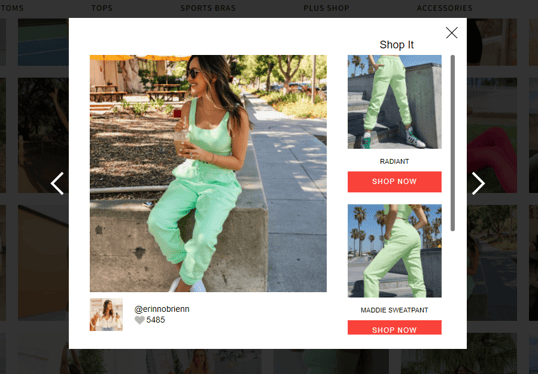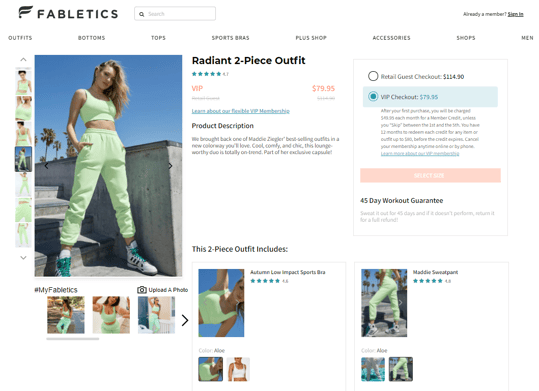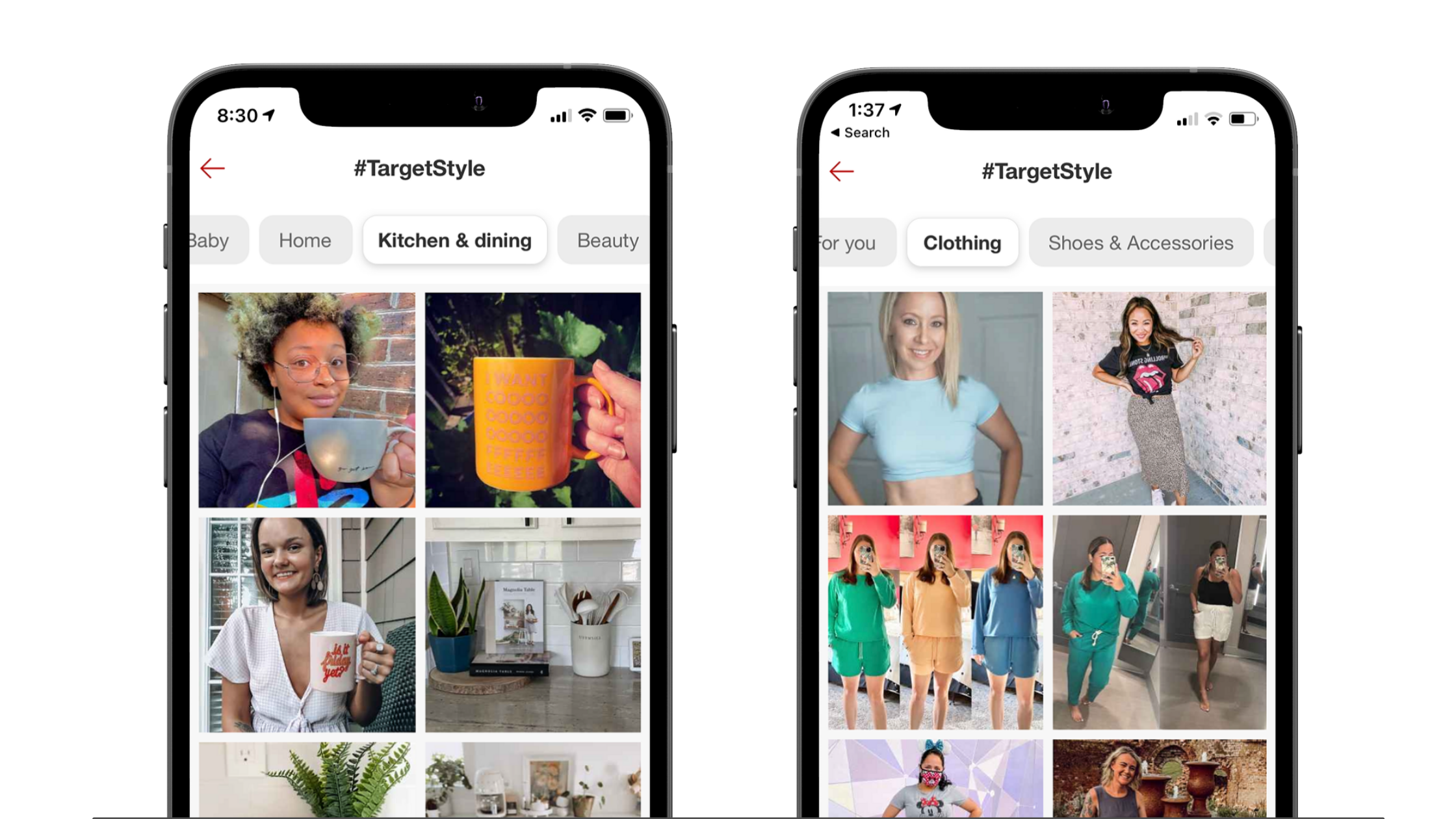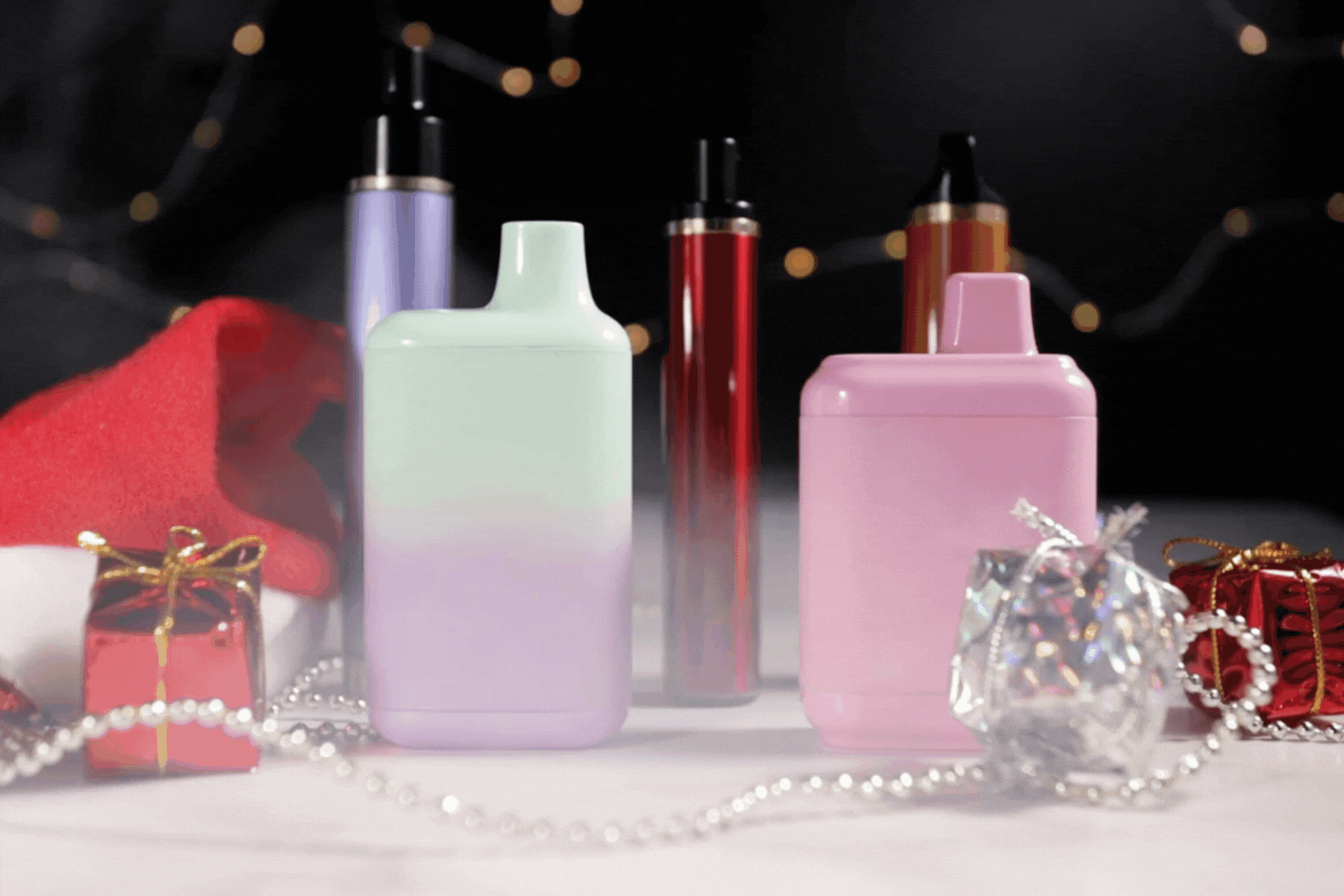

For the latest on ecommerce tips and best practices.
5 Examples of How to Gain Customer Trust

If you want to be successful in ecommerce, a big part of your job is convincing your customers you can be trusted. Now more than ever, consumers trust their peers more than they trust brands. Finding ways to turn customers into your advocates is key to building brand trust. But how do you do that? This is where user-generated content to build customer trust comes in.
What is User-Generated Content?
User-generated content, also known as UGC, is any kind of content created by consumers for a brand. Some forms of UGC include hashtag campaigns, social media content, video content and testimonials. Adding UGC to your content strategy is a great low-cost high-impact method to increase sales and build customer trust.
Building Trust with Customers Using UGC
According to Semrush, 90% of consumers say they trust peer recommendations above all other sources of advertising. If shoppers constantly see that people who buy your products are happy with their purchase, they’re more likely to buy from you. We'll go over a few examples of brands big and small killing it with user-generated content to inspire your content strategy.
1. Fabletics - #MyFabletics
Fabletics is on a mission to be the world’s most all inclusive active lifestyle brand, believing everyone deserves to look and feel their best. They strongly align their vision with the content they share across their website and social channels. Fabletics includes user-generated content throughout the customer journey. One example is through giving customers the ultimate chance to be featured on their Instagram if they use the hashtag #MyFabletics wearing their clothing.


Fabletics takes their hashtag campaign to the next level. Their website includes a dedicated gallery for customer and influencer photos. Customers can easily upload photos directly to their site. Fabletics even takes it a step further and makes the gallery shoppable. As shoppers browse through the gallery, they will see"Shop Now" calls to action they can click on to purchase the entire outfit. Customer photos are also included in Fabletic's product pages, making it easy for someone to imagine what the outfit may look like on themselves.
2. STLHD Gear - Apparel for Outdoor Adventures
STHLD Gear is a brand that’s passionate about the outdoors. They offer a variety of apparel for outdoor activities like fly fishing, camping and hiking. STLHD Gear is a great example of putting user-generated content to work to boost customer trust. UGC posts shared on social media see a 28% higher engagement rate than standard brand posts. STLHD Gear uses their Instagram to repost images of customers decked out in their gear, fishing and enjoying the outdoors. Highlighting this kind of content sticks to the core of their brand, resonating well with those who share the same love for the outdoors. Their hashtags #stlhd and #stlhdgear have accumulated over 50,000 posts from customers.
After seeing what their apparel looks like in action, visitors can shop their Instagram right from their UGC posts. Not only do they build their customer created content, STLHD Gear goes the extra mile and uses Norton Shopping Guarantee to guarantee all their customers' purchases.
3. Target - Fashion on a Budget With #TargetStyle
UGC is so effective for Target that they developed dedicated social media pages with over five million followers combined to share this kind of content. Their feed, curated by the Target Style Council, is all about fashion and beauty on a budget. Instead of photoshopped supermodels, their #TargetStyle pages are filled with images of everyday people wearing and using their products. Many of Target's product pages include photos shared by real customers. From the robust range of body types and skin tones shared, shoppers can see themselves in Target’s products, deepening customer trust with the brand.
Target blends user-generated content into their mobile app experience as well. When searching for clothing, home items or even baby clothes, you’ll find real images from real customers. Target also makes it easy to upload images when reviewing products. They include “Verified purchase” tags to relieve the concern of fake reviews. Target is a great example of a brand seeing the power in user generated content and integrating it into their entire online shopping experience.
4. Kaja Beauty - The TikTok-Famous Makeup Brand
For many, TikTok has become a place to discover new products or life hacks that you learned when you were #TodayYearsOld. Kaja Beauty, a k-beauty indie brand under the MBX umbrella, went viral on TikTok last year showcasing their products with ASMR videos. Taking a quick scroll down their account, you can get up close and personal with their TikTok-famous cheeky stamp and stamp wing eyeliner. They also have plenty of videos of customers giving tutorials on how to use their products.
@kajabeauty Volume up 😌👂🏼✨ Treat your senses to some makeup therapy 💕 Shop now @sephora ! 🌸 #kajabeauty #kbeauty #sephora #makeup #oddlysatisfying
♬ original sound - Kaja
They created a TikTok video that scored over 21 million views. It’s a simple ASMR video, shot on a phone, highlighting the texture and oddly satisfying clicking sounds of their product. Using user-generated content, Kaja Beauty was able to create a buzz around their products without a large budget. In a Glossy article, Dina Ha, MBX CEO, shared that they see a direct correlation between TikTok and their increase in web traffic. They also believe the TikTok engagement will help boost their sales over the next few years.
5. Scrub Daddy - Putting the Fun in Washing Dishes
Scrub Daddy is another brand killing it on Tiktok with user-generated content. Scrub Daddy, known for their sponges, uses their TikTok to post fun behind the scene clips, tips on how to use their product, plus hilarious videos of their team jumping on TikTok trends. Their hashtag, #ScrubDaddy, has generated over 500 million views on the platform. Most of their videos include CEO and Inventor Aaron Krause with employees joining the fun on TikTok trends while increasing the brand awareness of their products.
According to Stackla, “90% of consumers say authenticity is important when deciding which brands they like and support.” Instead of using stuffy traditional marketing on TikTok, Scrub Daddy meets their customers where they’re at and joins in on the fun. Showcasing their originality and authenticity is helping Scrub Daddy build trust with customers. Scrub Daddy’s comment section is filled with comments like, “I love this company” and “I’ll be buying my 1st one next time at the store. TikToks have convinced me.” Making sponges entertaining is not easy. However, Scrub Daddy is a great example of how no matter what your product is, a little creativity can go a long way.
Conclusion
If it isn’t clear enough already, user-generated content needs to be in your content marketing strategy. It's a highly affordable and minimal-effort way to build customer trust. A lot of smaller brands can learn from big name brands like Target or Fabletics. Whether that means curating your own hashtag or encouraging customers to leave video reviews, user-generated content is a great way to increase brand trust while reducing the costs due to the abundance of content customers are sharing themselves.
Start building customer trust with Norton Shopping Guarantee today!
MUST READ: 3 Quick Ways to Get More Product Reviews on Your Ecommerce Website
Stay in the know
Subscribe to the Norton Shopping Guarantee blog and receive the latest in ecommerce best practices.



-1.png)
